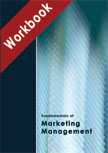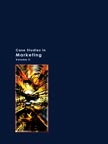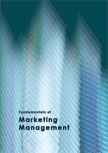Unilever in India: Managing Brand Extensions |
ICMR HOME | Case Studies Collection
» Marketing Case Studies Collection Please note: This case study was compiled from published sources, and is intended to be used as a basis for class discussion. It is not intended to illustrate either effective or ineffective handling of a management situation. Nor is it a primary information source. |
||
Excerpts Contd...AxeIn 1999, HLL launched its Axe brand of deodorants in India. Priced at Rs. 120 per 150 ml, Axe was Unilever's largest selling male toiletry brand in the world. The ad campaigns for Axe were highly distinctive. For instance, HLL came up with a 'missing women' campaign, where one hoarding showed the Manhattan skyline, minus the Statue of Liberty with the tag line - Courtesy Axe. Another example was the print ad that Axe ran on Valentine's Day of 2000, in a leading English daily...
ConclusionIn May 2004, HLL decided to withdraw Lifebuoy talc, which had captured a 2% market share in the talc category. As Lifebuoy was the largest selling soap brand in its kitty, HLL felt that its powder variant also needed to have significant shares to justify its existence in the market... Exhibits
Exhibit I: Lifebuoy |
Case Studies Links:-
Case Studies,
Short Case Studies,
Simplified Case Studies.
Other Case Studies:-
Multimedia Case Studies,
Cases in Other Languages.
Business Reports Link:-
Business Reports.
Books:-
Textbooks, Work Books, Case Study Volumes.



